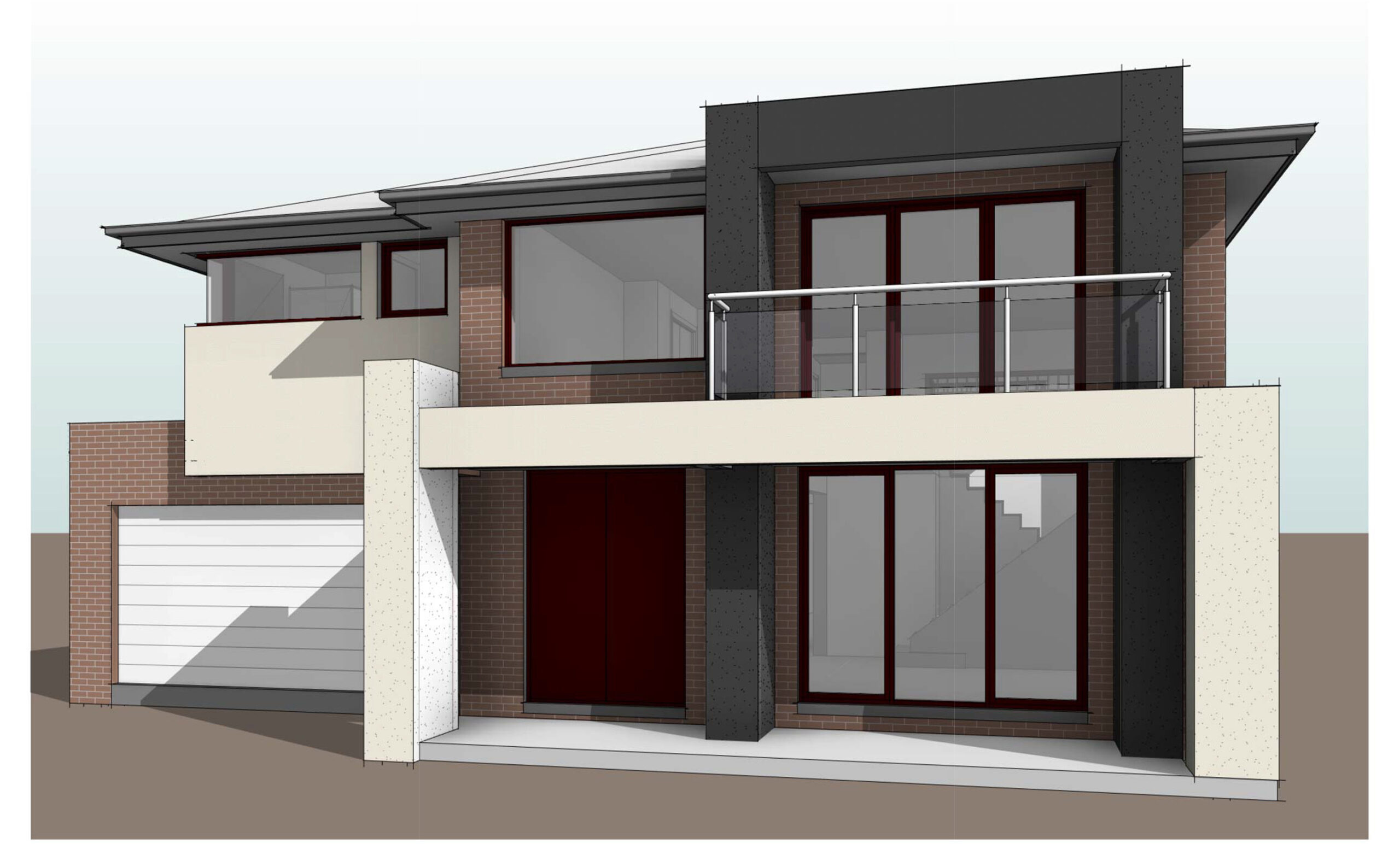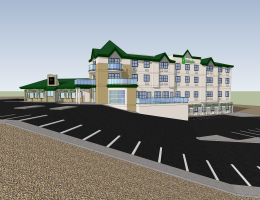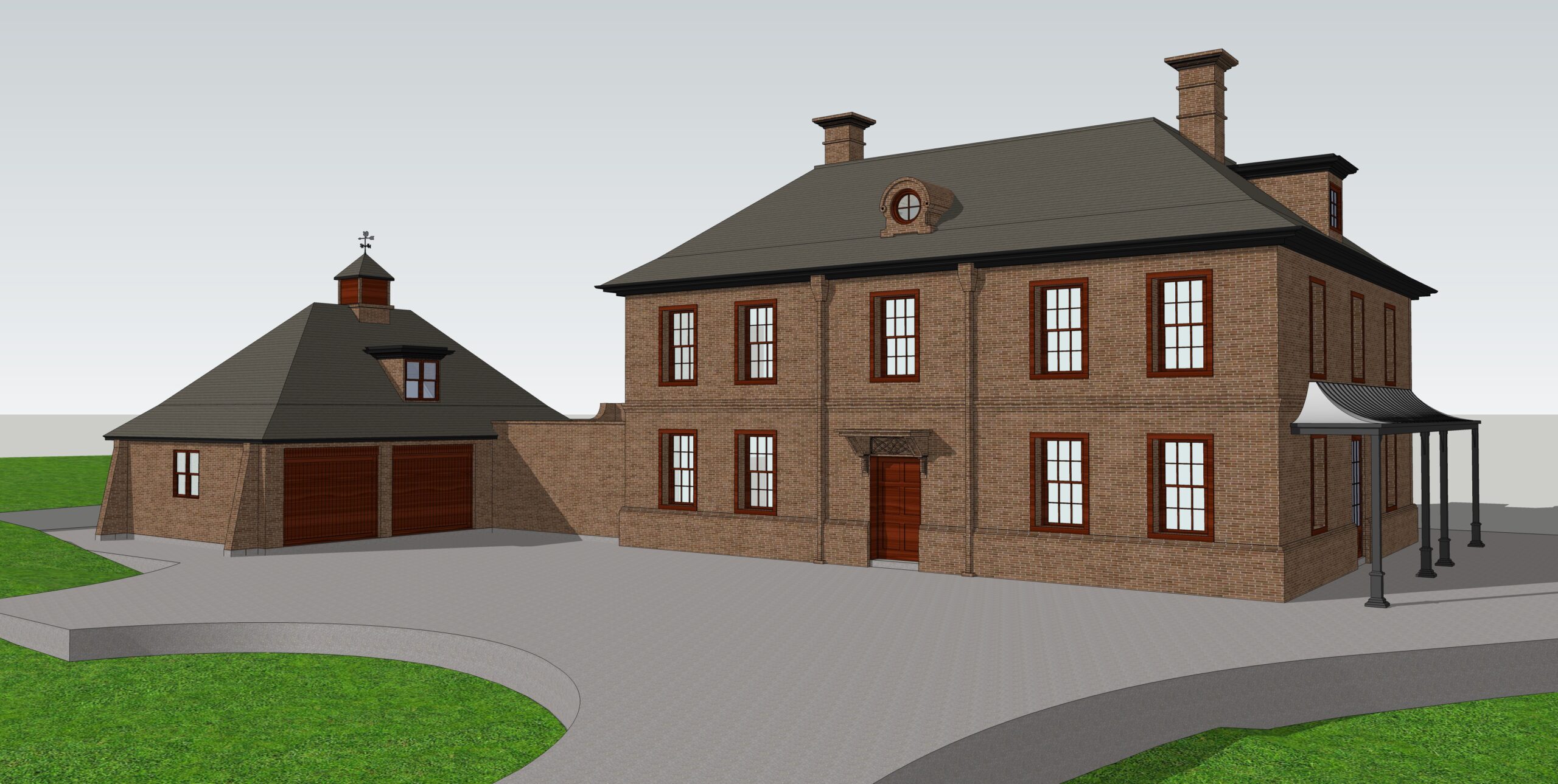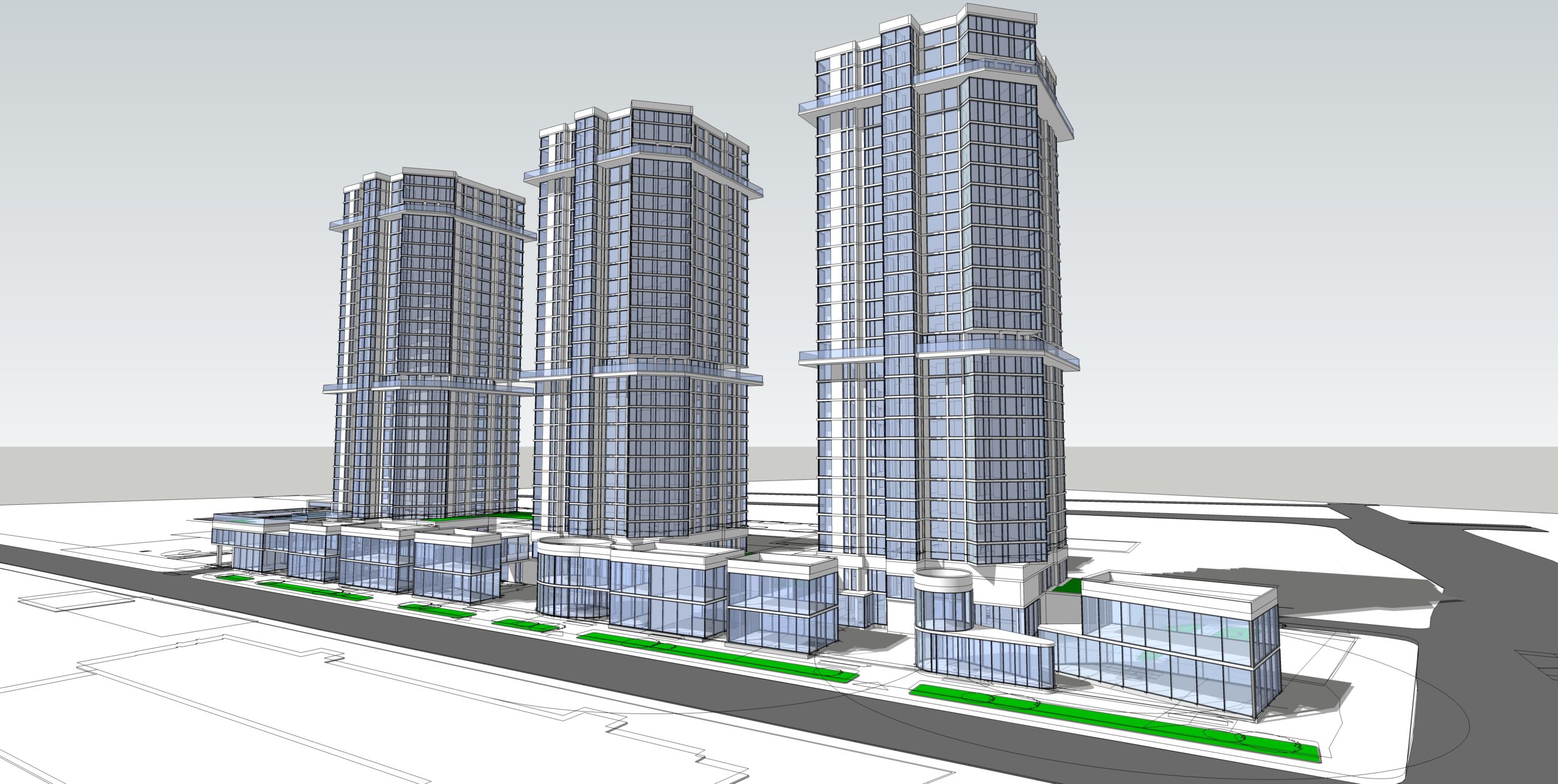Telecom Network Drawings in Architectural Services
Posted on : Apr 20, 2023
Telecom network drawings are crucial in architectural services, as they provide a visual representation of telecommunication infrastructure. These drawings are used by architects, engineers, and contractors to design and construct buildings that are suitable for hosting telecommunication equipment. This article will explore the importance of telecom network drawings in architectural services and how they are created.
What are Telecom Network Drawings?
Telecom network drawings are technical illustrations that represent telecommunication infrastructure. These drawings are created using computer-aided design (CAD) software and show the layout of equipment such as antennas, cables, and base stations. They also include details about the placement of telecommunication equipment, as well as the wiring and cabling that connect them.
Why are Telecom Network Drawings Important in Architectural Services?
Telecom network drawings are important in architectural services for several reasons. Firstly, they provide a visual representation of telecommunication infrastructure, which allows architects, engineers, and contractors to plan and design buildings that can accommodate this equipment. Without these drawings, it can be difficult to ensure that the building is suitable for hosting telecommunication equipment.
Secondly, telecom network drawings are used to ensure that the telecommunication infrastructure is installed correctly. By following the drawings, contractors can ensure that the equipment is placed in the correct locations and that the cabling and wiring are installed properly. This ensures that the telecommunication infrastructure is functional and reliable.
How are Telecom Network Drawings Created?
Telecom network drawings are created using CAD software, such as AutoCAD or SolidWorks. These programs allow architects, engineers, and contractors to create detailed drawings that show the layout of telecommunication equipment. The drawings can be created in 2D or 3D, depending on the needs of the project.
To create a telecom network drawing, the architect or engineer will need to gather information about the telecommunication infrastructure. This includes details about the equipment that will be installed, as well as the cabling and wiring that will connect it. Once this information has been gathered, the architect or engineer can begin creating the drawing.
Elements of a Telecom Network Drawing
Telecom network drawings typically include several elements, including:
- Antennas
Antennas are used to transmit and receive signals in a telecommunication system. Telecom network drawings show the placement of antennas and how they are connected to the rest of the system.
- Base Stations
Base stations are used to control and manage the telecommunication system. They are typically installed on the ground or on a building rooftop. Telecom network drawings show the location of base stations and how they are connected to the rest of the system.
- Cabling and Wiring
Cabling and wiring are used to connect the various components of the telecommunication system. Telecom network drawings show the routing of cables and wiring, as well as any necessary connections and termination points.
- Equipment Cabinets
Equipment cabinets are used to house the various components of the telecommunication system, such as routers and switches. Telecom network drawings show the location of equipment cabinets and how they are connected to the rest of the system.
Telecom network drawings have many applications in architectural services.
These technical illustrations are used to design and construct buildings that can accommodate telecommunication equipment. Here are some of the main applications of telecom network drawings in architectural services:
Building Design
Telecom network drawings are used to design buildings that can accommodate telecommunication equipment. Architects and engineers use these drawings to plan the placement of antennas, base stations, and other telecommunication infrastructure. This ensures that the building is suitable for hosting the equipment and that it is installed correctly.
Construction
Telecom network drawings are used during the construction phase of a building project. Contractors use these drawings to ensure that the telecommunication infrastructure is installed correctly. They also use the drawings to verify that the cabling and wiring are installed according to the design.
Maintenance
Telecom network drawings are used for maintenance purposes. These drawings provide a visual representation of the telecommunication infrastructure, which allows maintenance personnel to locate and identify equipment quickly. This is particularly useful when performing repairs or upgrades to the telecommunication system.
Upgrades
Telecom network drawings are used when upgrading or expanding a telecommunication system. These drawings show the existing telecommunication infrastructure, which allows engineers and contractors to plan the expansion or upgrade. The drawings can be used to determine the best placement for new equipment and to ensure that the new equipment is connected to the existing system correctly.
Compliance
Telecom network drawings are used to ensure that the telecommunication infrastructure meets regulatory compliance requirements. These requirements can vary depending on the location and type of equipment being installed. By following the telecom network drawings, architects, engineers, and contractors can ensure that the telecommunication infrastructure meets these requirements.
Conclusion
In conclusion, telecom network drawings are an essential part of architectural services. They provide a visual representation of telecommunication infrastructure, which allows architects, engineers, and contractors to design and construct buildings that can accommodate this equipment. They also ensure that the telecommunication infrastructure is installed correctly, which ensures that it is functional and reliable. Telecom network drawings are essential in architectural services. They are used to design and construct buildings that can accommodate telecommunication equipment. They are also used for maintenance, upgrades, and compliance purposes. Without these drawings, it would be challenging to ensure that the telecommunication infrastructure is installed correctly and meets regulatory requirements.




